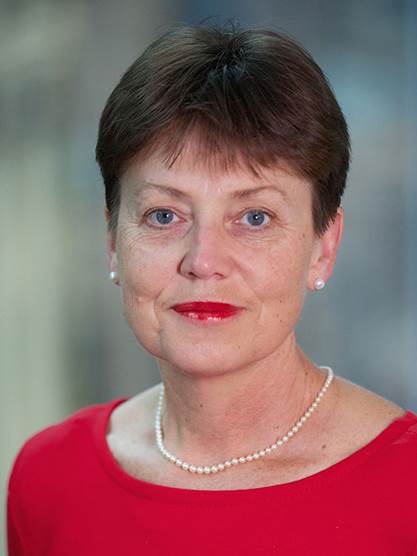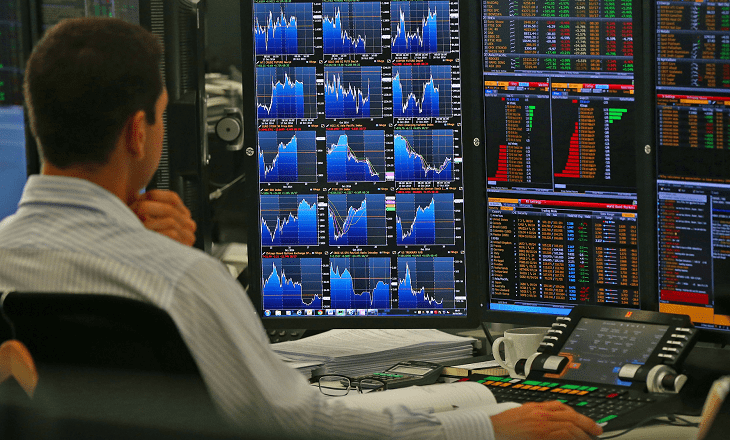Australian regulator ASIC has reported on its latest review of the impact of high-frequency trading in the Australian equity and Australian-US dollar cross-rate markets. The review builds on ASIC’s 2013 and 2015 analysis of high-frequency trading.
Notable findings from the review, outlined in Report 597 High-frequency trading in Australian equities and the Australian–US dollar cross rate (REP 597) are:
- High-frequency traders are responsible for a quarter of all market transactions in equities and the AUD/USD cross rate, and it is trending down.
- Traders continue to invest in faster technologies and are accessing markets more quickly. They are undertaking less arbitrage and more position taking, with less intraday trading and longer holding times.
- High-frequency traders contribute positively to price formation, benefiting all investors in the market. They also provide important liquidity during market stress or peak demand.
- There is a cost to natural market users from high-frequency trader intermediation, but this cost is small, and it is trending down.

Cathie Armour, ASIC
ASIC Commissioner Cathie Armour said:
Financial markets play a critical role in the Australian economy. It is vital that they operate fairly and efficiently and that investors have trust and confidence in their operation.
High frequency activity has declined over the past three years but still retains a substantial footprint across our markets.
This review reinforces the strength of the Australian market structure and the importance of having a varied mix of traders and investors in our markets”, Ms Armour added.
Level of high-frequency trading
The overall level of high-frequency trading in Australia’s equity markets has fallen from a high of 33% in late 2015, to a low of 25% in March 2018. This compares to the 27% we reported in our 2013 and 2015 reviews. Pockets of growth do exist but are confined to the lower volume small-cap market where high-frequency trading continues to expand over a much lower base.
Our review of high-frequency trading in the AUD/USD cross rate forms part of our wider examination of wholesale foreign exchange markets. High-frequency trading activity in the cross rate peaked at 35% in early 2013. It has since fallen and now fluctuates at around 25%.
